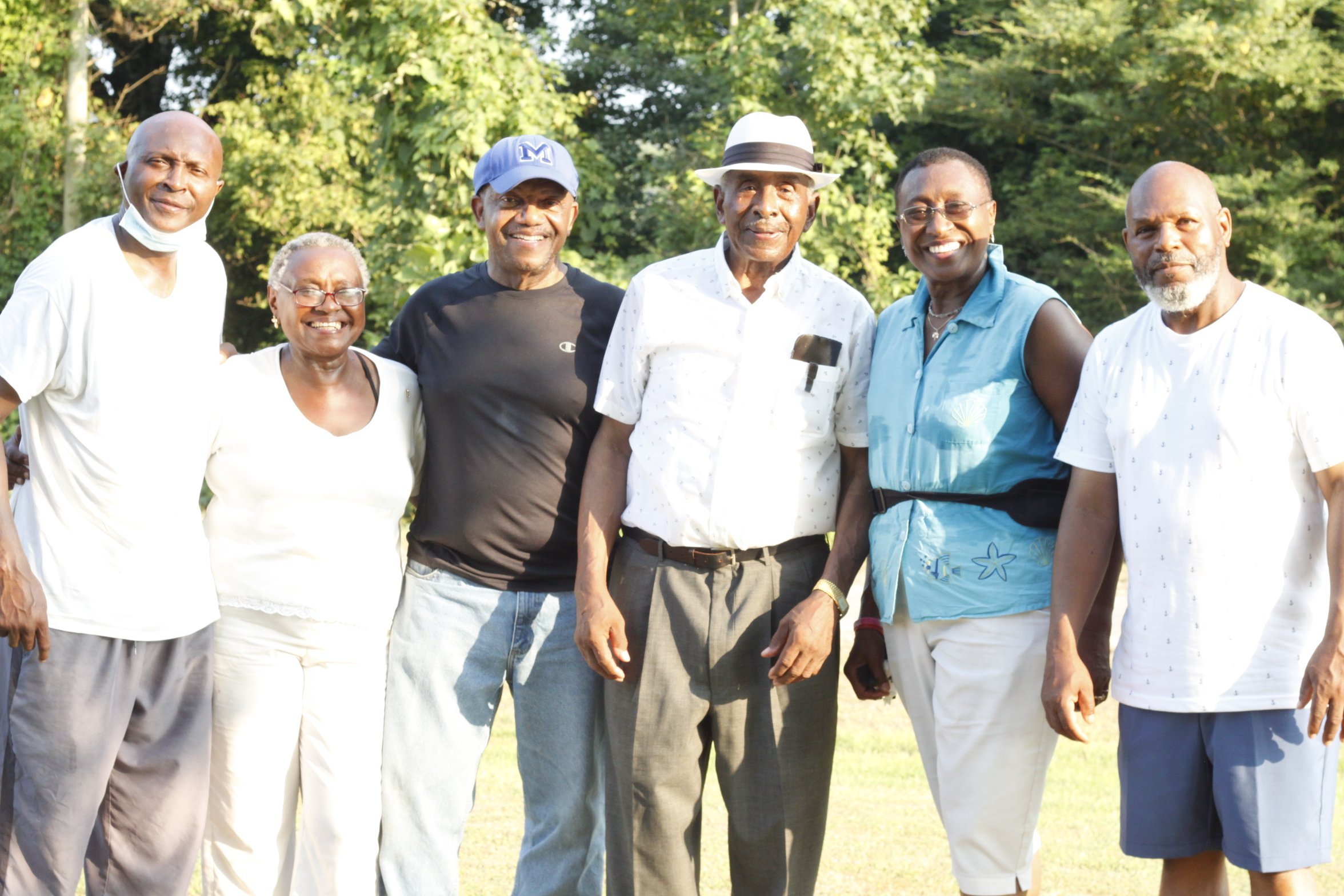A fly in buttermilk
A few weeks after meeting my cousin James and hearing his life story, we went back to Mississippi to celebrate his 92nd birthday. His daughter invited anyone who wanted to come from Memphis, so my dad, my cousin Alvin and I headed back south to join the festivities. We arrived to family sitting under the front tree, the sounds of The Whispers, and the smell of grilled food. I could see the anticipation in my dad as he was meeting his cousins for the first time. There was a brief period of figuring out how we each fit into the family tree, but that didn’t take long. Before we knew it, you could hear loud laughs, jokes, and memories spoken throughout the yard.
My eye gravitated towards a school I’d noticed during my first trip. I spoke to my cousin’s about it and they let me know that this was once an all black high school. But James oldest daughter left the school to integrate an all white high school. In fact, she was one of first black students to integrate a school in Yalobusha county. I couldn’t believe it! I’ve heard the story of Ruby Bridges and the Little Rock Nine, but had no idea that this same history was right here in my family. She walked me around the school’s exterior telling me all the memories and fun times they had in Walker High. Her dad insisted that she receive the same education as anyone else, so he sent her to Coffeeville High School in 1970.
Curious about the name Coffeeville led me to discover that the school was named after John Coffee. Coffee was an American planter who worked with President Andrew Jackson towards the removal of American Indians west of the Mississippi River and to extinguish their land claims. So Coffeeville high school remained all white until 1970. Interesting enough, this was 16 years after Brown vs. board of education declared school segregation unconstitutional. It’s no surprise that Mississippi had some catching up to do. There were many riots and confusion because of the school’s decision to integrate, but in 1970 my cousin along with 2 other black girls were the very first black students to walk through the doors of Coffeeville.
Cousin Earnestine explained that no one bothered them. Her dad made sure of that. His determination to demand equal treatment for his children didn’t go unnoticed. The following year, more black children followed her footsteps by registering for the school. She spoke about playing basketball and her dad saying you’re the only lil “fly in buttermilk.” The term fly in buttermilk was used to describe a black person amongst all white people or amongst all light skinned black folks. I took her story and my interpretation of fly in buttermilk and expressed it in the painting below. There were hundreds of yellow wildflowers surrounding the school, and they’re painted around a young black woman emerging out of “buttermilk.”
The painting is available to purchase below as a limited edition print. You can also view visuals from this story on TikTok.



